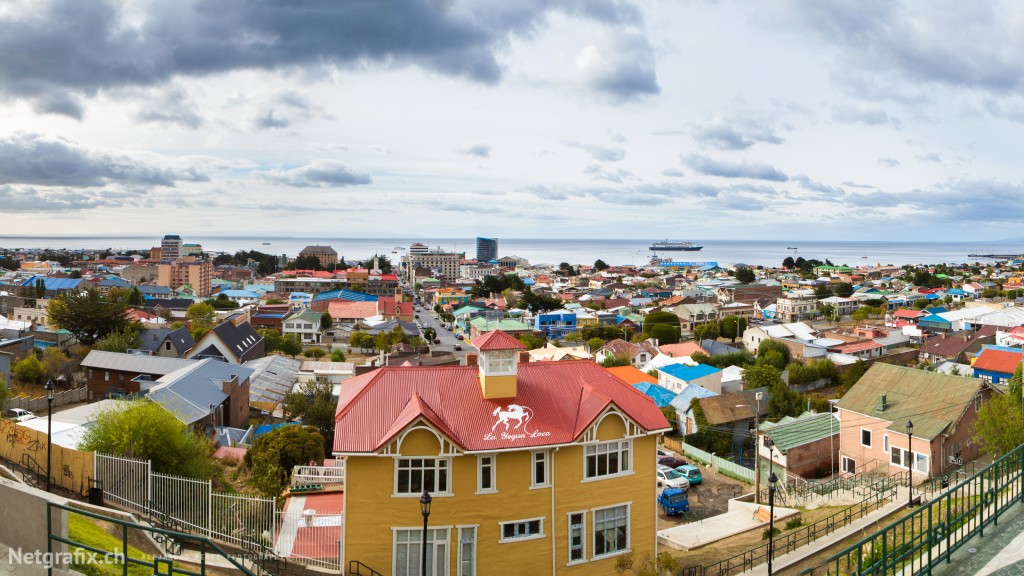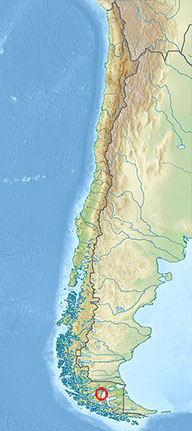Punta Arenas
 View of Punta Arenas from the Mirador
View of Punta Arenas from the Mirador
I arrived in Punta Arenas on a typical Patagonian windy day. Just prior our landing I saw from my window a small island with only what I believed to be a church on top of it. I took a few pictures. Little I knew it was in fact La Isla Magdalena. The island is the breeding location for several species of seabirds, most notably the Magellanic penguin.
After being seriously shaken by strong wind gusts, we landed and we quickly found ourselves as the one and only plane in that small international airport. When I came out to search for a transportation to the city (Punta Arenas is 20km away) I was a bit surprised not to see taxis, nor people and the last bus with the other passengers left just minutes before ! I found myself alone outside of the airport with an isolated and windy landscape in front of me. It was my first impression of Patagonia.

Punta Arenas is the largest city south of the 46th parallel south. Located on the Brunswick peninsula north of the Strait of Magellan. Waves of Croatian immigrants escaping World War I came here to establish. The city grew in size and importance due to the increasing maritime traffic and trade traveling to the west coasts of South and North America during the last two centuries. Sheep farming is one of the main activities here. Nowadays, a third of Punta Arenas inhabitants are Croatian descendants. The geopolitical importance of Punta Arenas has remained because of its logistic importance in accessing the Antarctic Peninsula.
After visiting the center and the beautiful municipal cemetery, my plan was to stay one night in Punta Arenas and then travel 250km by bus to Puerto Natales. From there I’d stay 2 nights, giving me enough time to visit Torres del Paine National Park. I also planned to cross the Argentinian border to reach Calafate and witness the world famous Perito Moreno glacier.